Along Norway’s intricate coastline, where fjords slice deep into ancient mountains and the midnight sun paints the sky in surreal hues, lie fishing villages that have maintained their traditional way of life for centuries. These remote communities, accessible primarily by boat, offer visitors a glimpse into the authentic heart of Norwegian coastal culture.
From the Arctic Circle to the southern fjords, each village tells its own story of resilience, tradition, and harmony with the sea.
Værøy
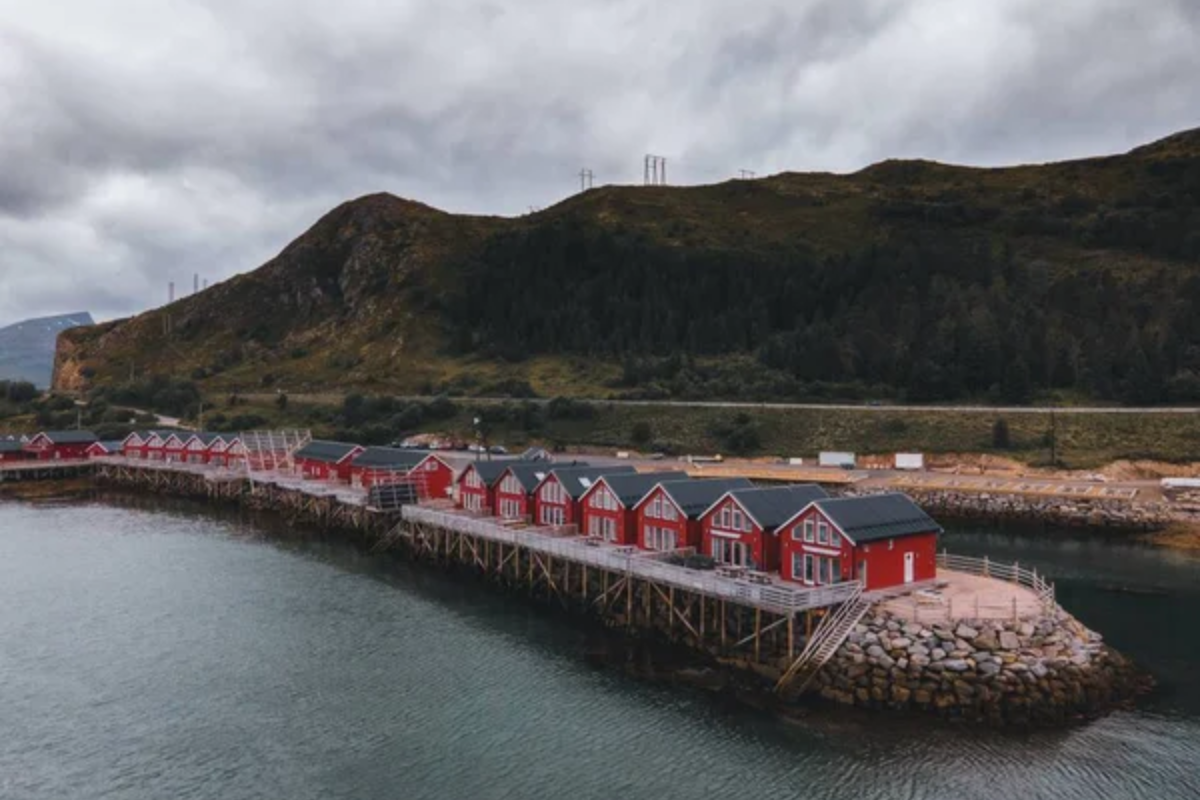
Perched on the outer edge of the Lofoten archipelago, Værøy welcomes visitors with its colorful rorbuer (fishermen’s cabins) reflecting in crystal-clear waters. The village’s small harbor buzzes with activity as fishing boats return with their daily catch while sea eagles soar overhead searching for fish.
Local guides share generations of knowledge about whale migration patterns, offering boat trips to spot orcas and sperm whales in season.
Skrova

Known as the ‘Hawaii of Lofoten’ for its surprisingly mild climate, Skrova balances modern fishing operations with traditional methods passed down through generations. The village’s lighthouse keeper maintains a guest room where you can experience life on a tiny island while watching fishing boats navigate by starlight.
Local fishermen still practice traditional cod drying on wooden racks, creating the famous tørrfisk that’s exported worldwide.
Like Travel Pug’s content? Follow us on MSN.
Nyksund

Abandoned in the 1970s but now experiencing a cultural revival, Nyksund sits dramatically at the edge of the Norwegian Sea. The village’s restored fishermen’s cabins now house artists’ studios and small galleries, while traditional boats offer fishing trips using historical methods.
Local chefs transform fresh-caught fish into innovative dishes served in converted boat houses that hang over the water.
Sund
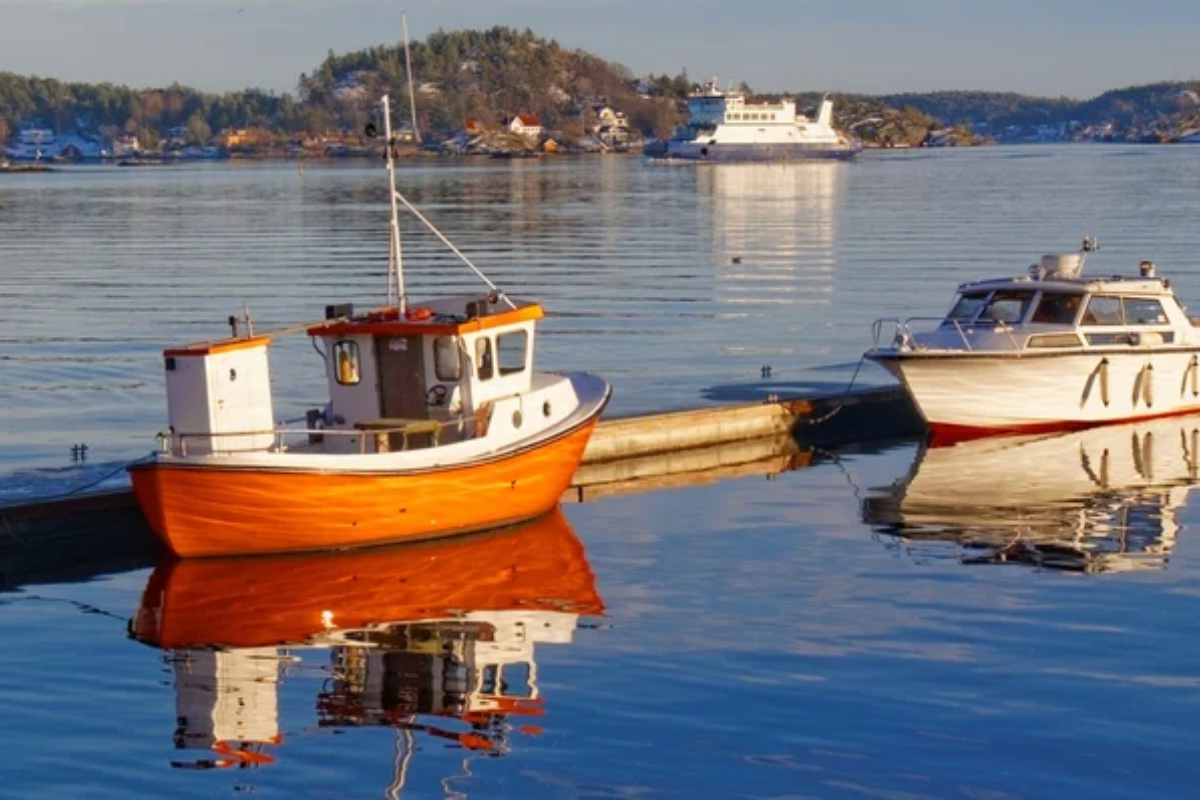
This tiny village preserves the art of traditional Norwegian blacksmithing alongside its fishing heritage. The village’s renowned blacksmith creates intricate cormorant sculptures from iron, continuing a craft passed down through five generations.
Visitors can watch fishing boats navigate the narrow harbor entrance while sampling freshly smoked salmon from the village’s historic smokehouse.
Nusfjord
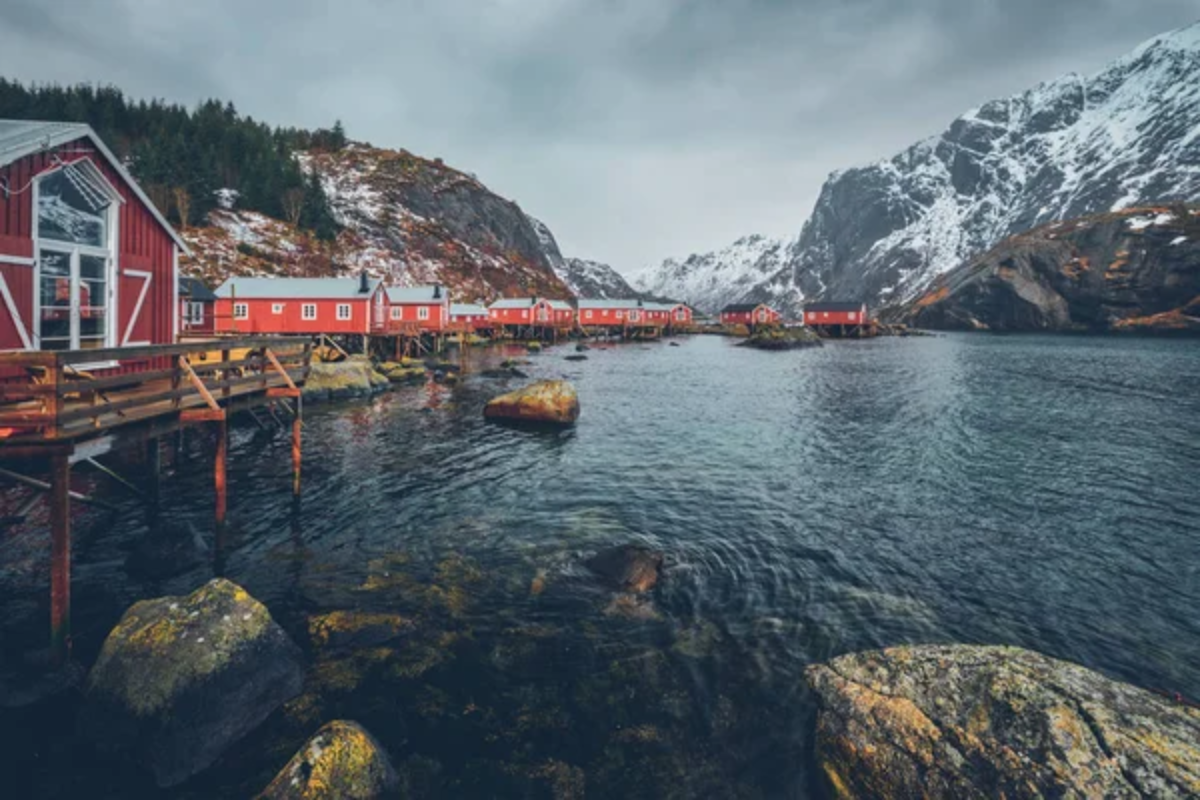
Among Norway’s oldest and best-preserved fishing villages, Nusfjord maintains its original cod liver oil factory and general store from the 1900s. The village’s historic rorbuer still houses fishermen during the winter season, while summer visitors can experience authentic fishing life in these carefully restored cabins.
Traditional rope-making demonstrations take place on the old pier, where fishing lines have been crafted for generations.
Like Travel Pug’s content? Follow us on MSN.
Henningsvær
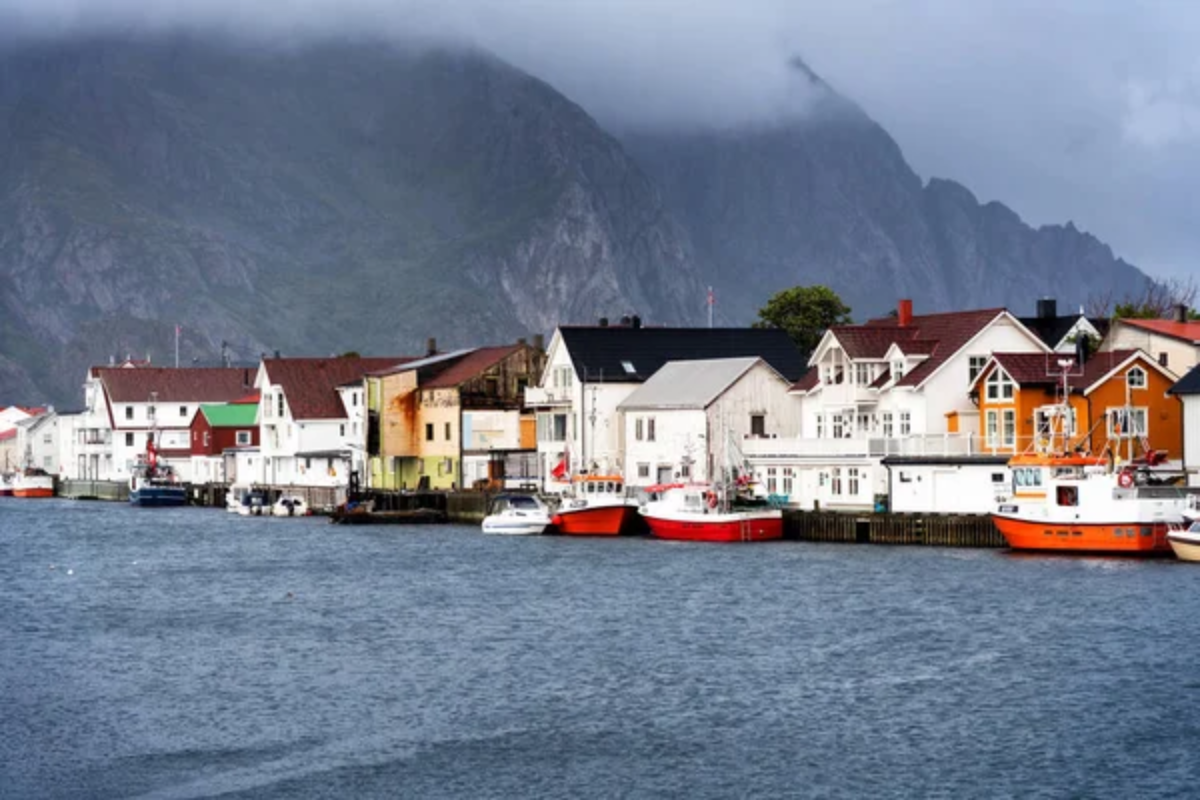
Spread across several small islands connected by bridges, Henningsvær combines traditional fishing culture with a vibrant arts scene. The village’s former fish processing plants now house galleries and cafes, while working fishing boats still dominate the harbor.
Local fishermen welcome visitors aboard their boats for authentic fishing experiences using traditional long-line methods.
Stø
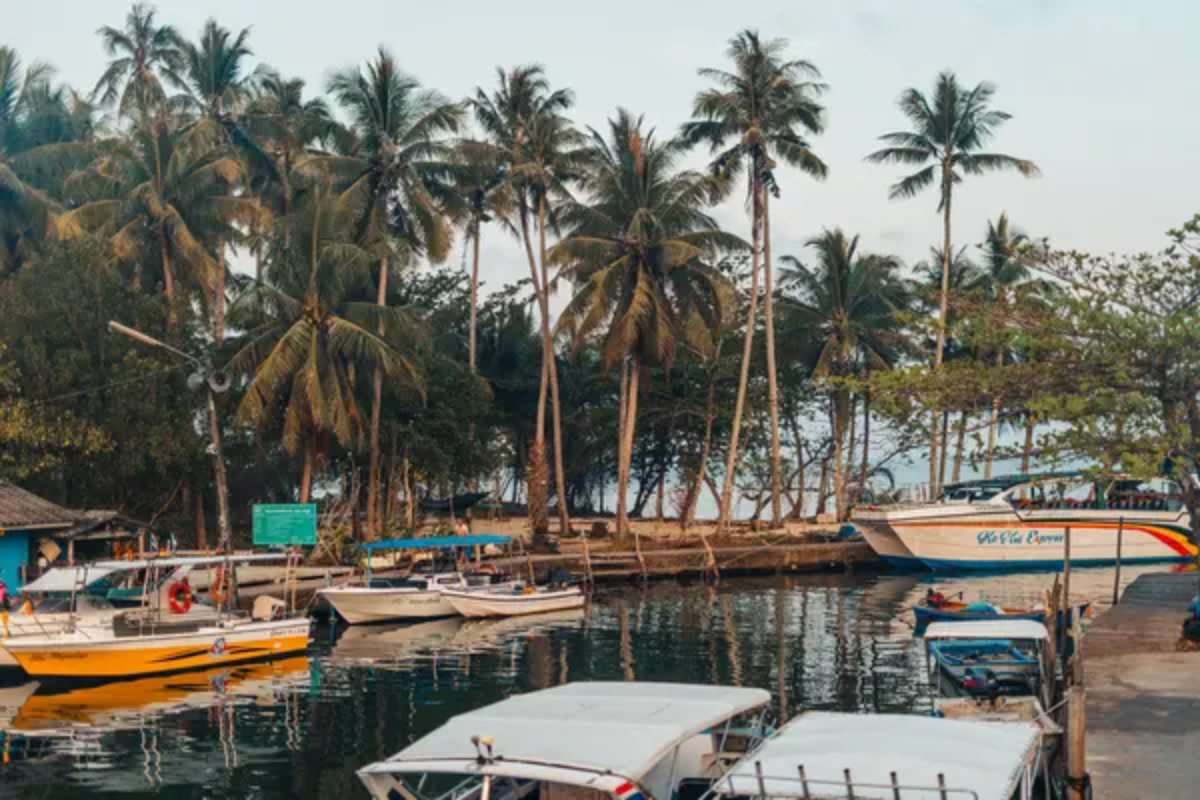
Positioned at the edge of whale migration routes, Stø offers intimate encounters with the Arctic’s marine life. The village’s small fleet of fishing boats doubles as whale-watching vessels during summer months, operated by families who have fished these waters for generations.
Traditional fish drying racks line the harbor, where you can learn about time-honored preservation methods from local experts.
Bleik
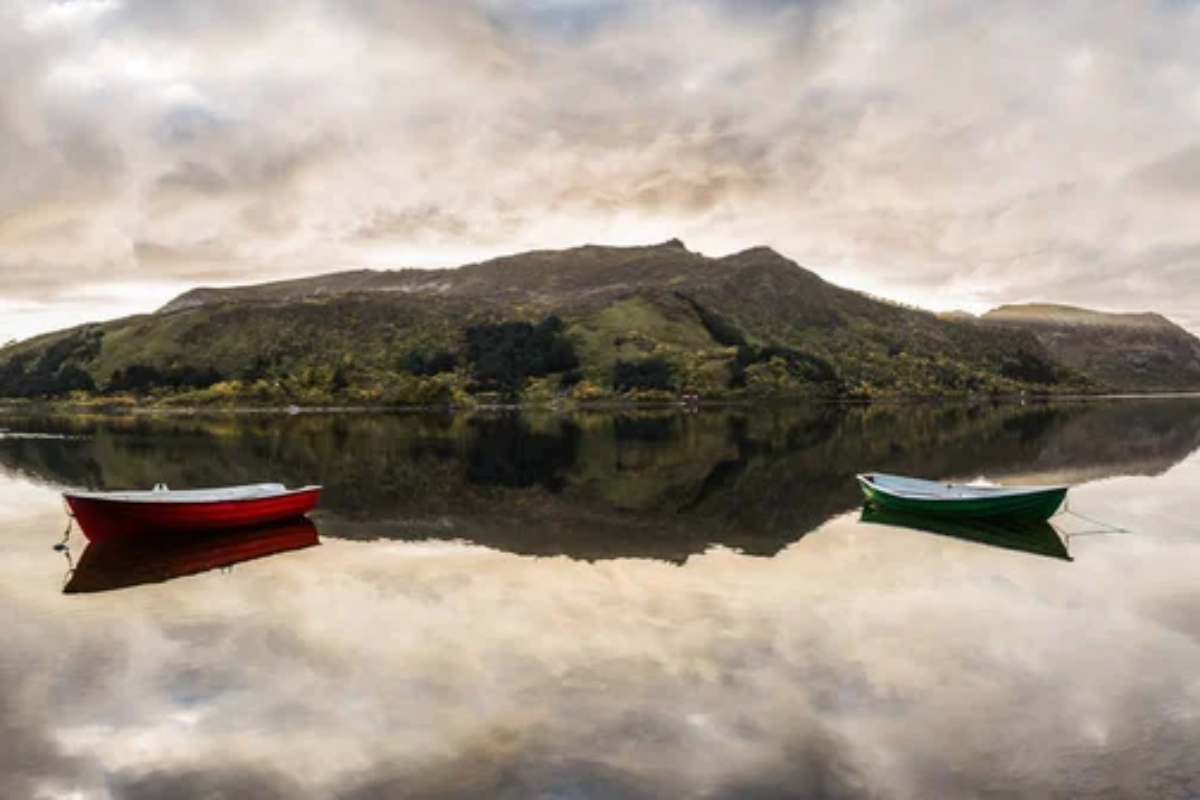
Nestled beneath dramatic mountain peaks on Andøya island, Bleik welcomes visitors to one of Norway’s most important puffin colonies. The village’s experienced boat captains navigate to nearby bird cliffs, sharing stories passed down through generations of seafaring families.
Local fishermen demonstrate traditional hand-line fishing techniques that have sustained the community for centuries.
Like Travel Pug’s content? Follow us on MSN.
Gryllefjord
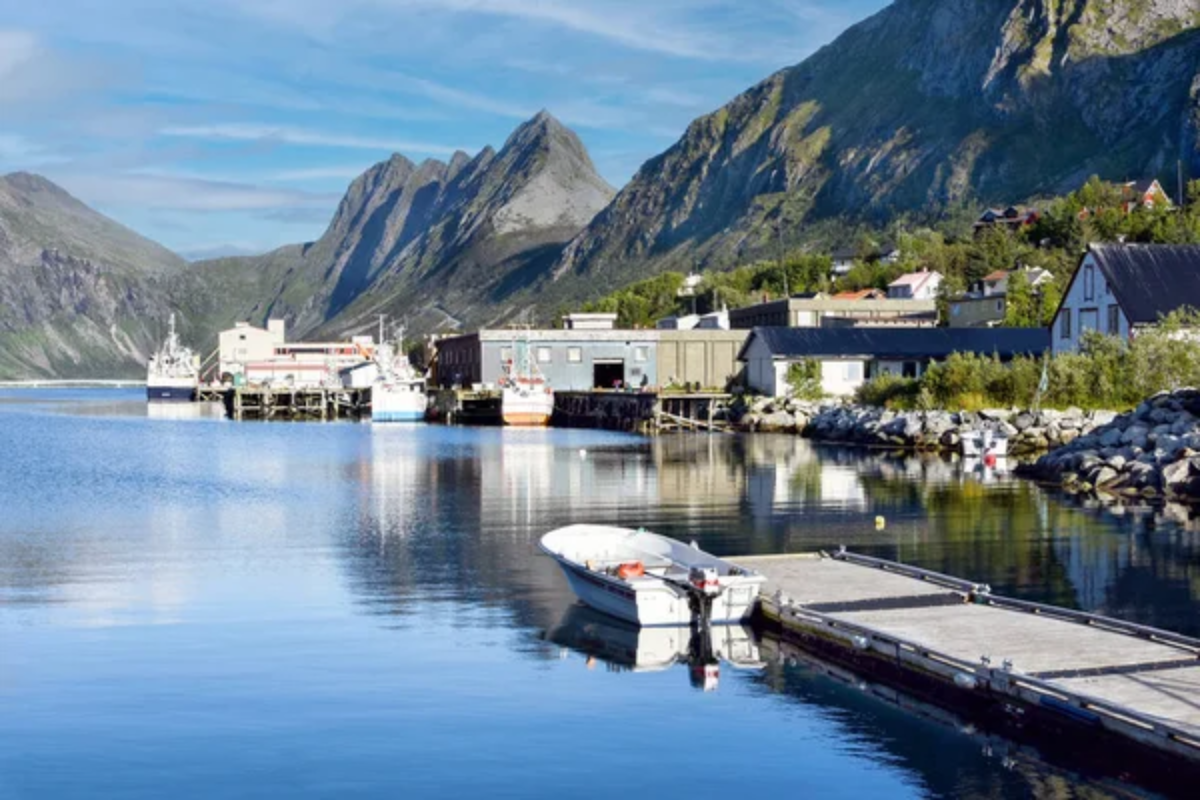
This seasonal fishing village comes alive during the summer months when traditional fishing boats arrive for the seasonal catch. The village’s historic fish factory processes halibut and cod using methods unchanged for generations, offering visitors insight into traditional preservation techniques.
Local families open their boathouses for evening gatherings where stories of the sea are shared over fresh fish soup.
Hamningberg
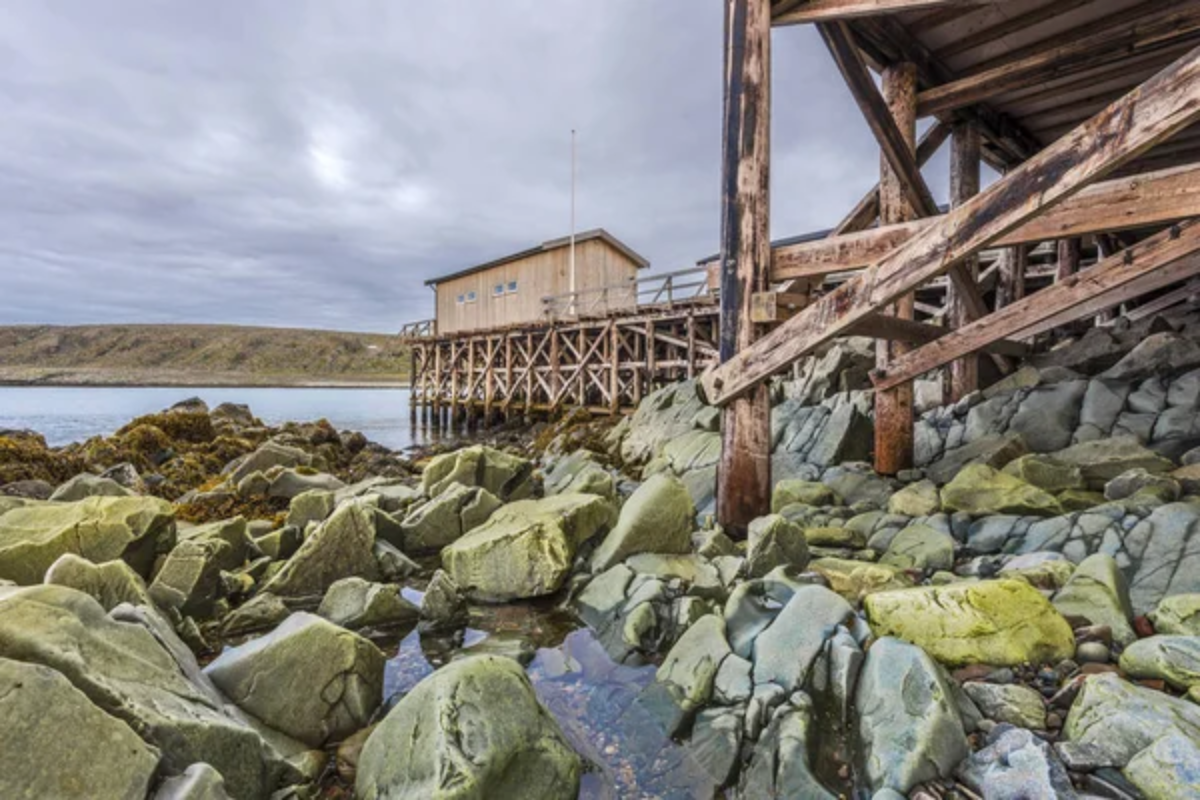
Abandoned as a permanent settlement but maintained as a summer fishing station, Hamningberg preserves perfect examples of pre-war Finnmark architecture. The village’s restored wooden houses tell stories of the Pomor trade between Norway and Russia, while local fishermen still use traditional methods in the midnight sun.
Summer residents share tales of the village’s evacuation during World War II while demonstrating traditional fishing techniques.
Å
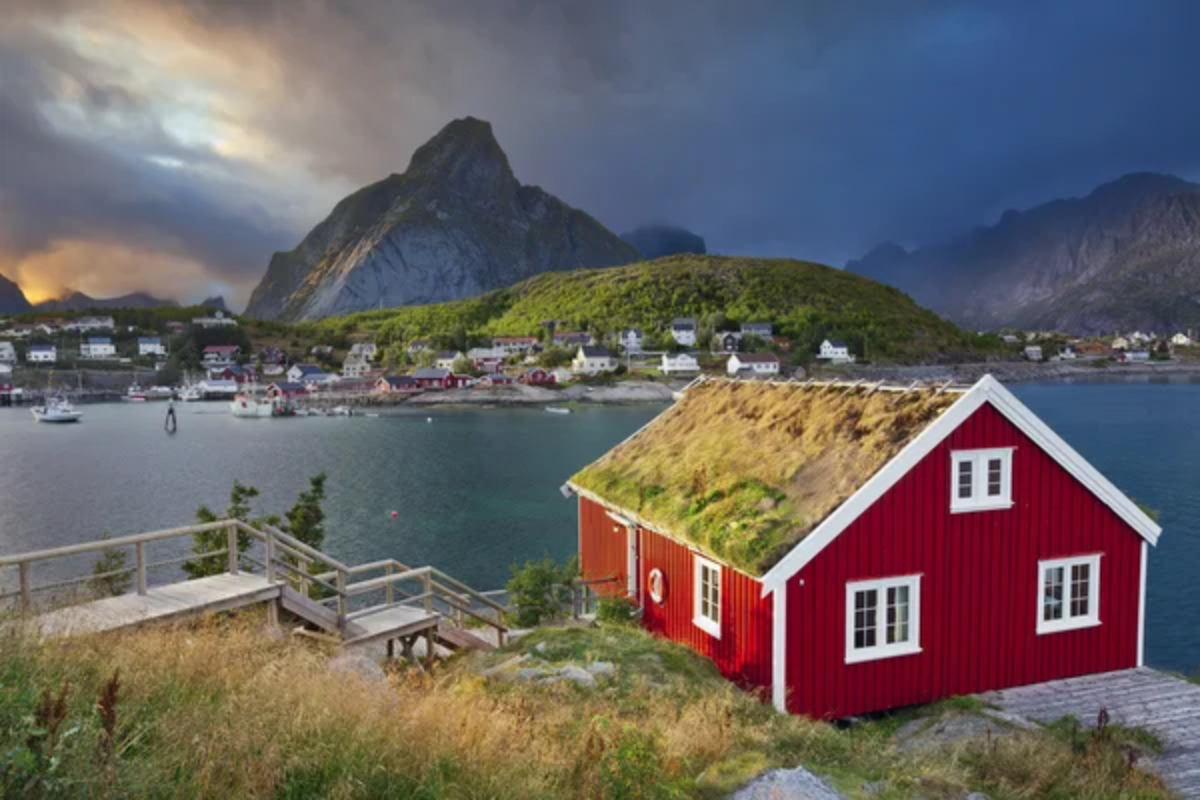
At the southern tip of Lofoten, Å maintains its historical fishing village atmosphere with working demonstrations of traditional methods. The village’s restored cod liver oil factory and bakery still operate using original equipment, producing products visitors can sample.
Local guides share knowledge of stockfish production while leading tours through the village’s carefully preserved buildings.
Like Travel Pug’s content? Follow us on MSN.
Sør-Gjæslingan
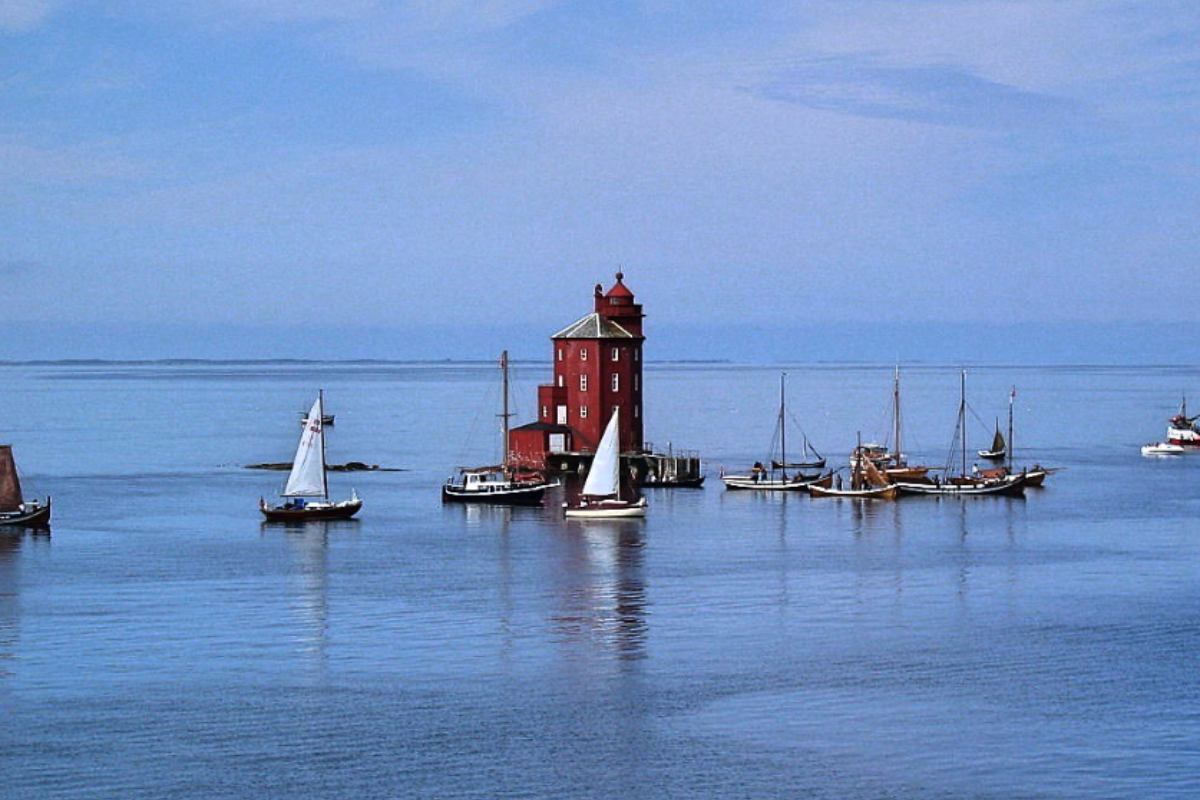
This archipelago of tiny islands, once housed one of Norway’s largest seasonal fishing communities, is now preserved as a cultural heritage site. The village’s restored rorbu cabins offer authentic accommodation among historic fishing stations and boathouses.
Traditional boat builders maintain their craft in historic workshops, welcoming visitors to observe their work.
Sørvær
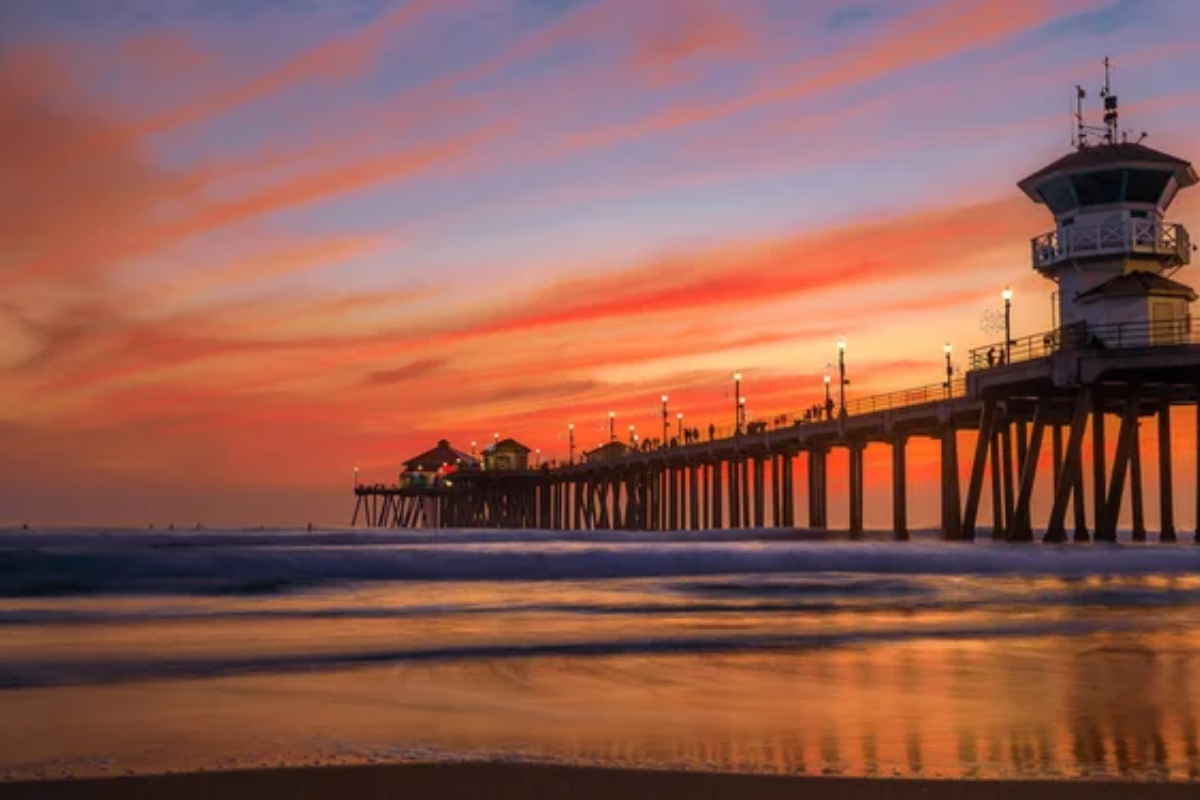
Positioned at the edge of the Barents Sea, Sørvær continues centuries-old fishing traditions while embracing sustainable practices. The village’s small fleet harvests some of Norway’s finest cod while offering visitors chances to participate in traditional fishing methods.
Local families maintain historic fish processing techniques, sharing their knowledge through hands-on demonstrations.
Hamnøy
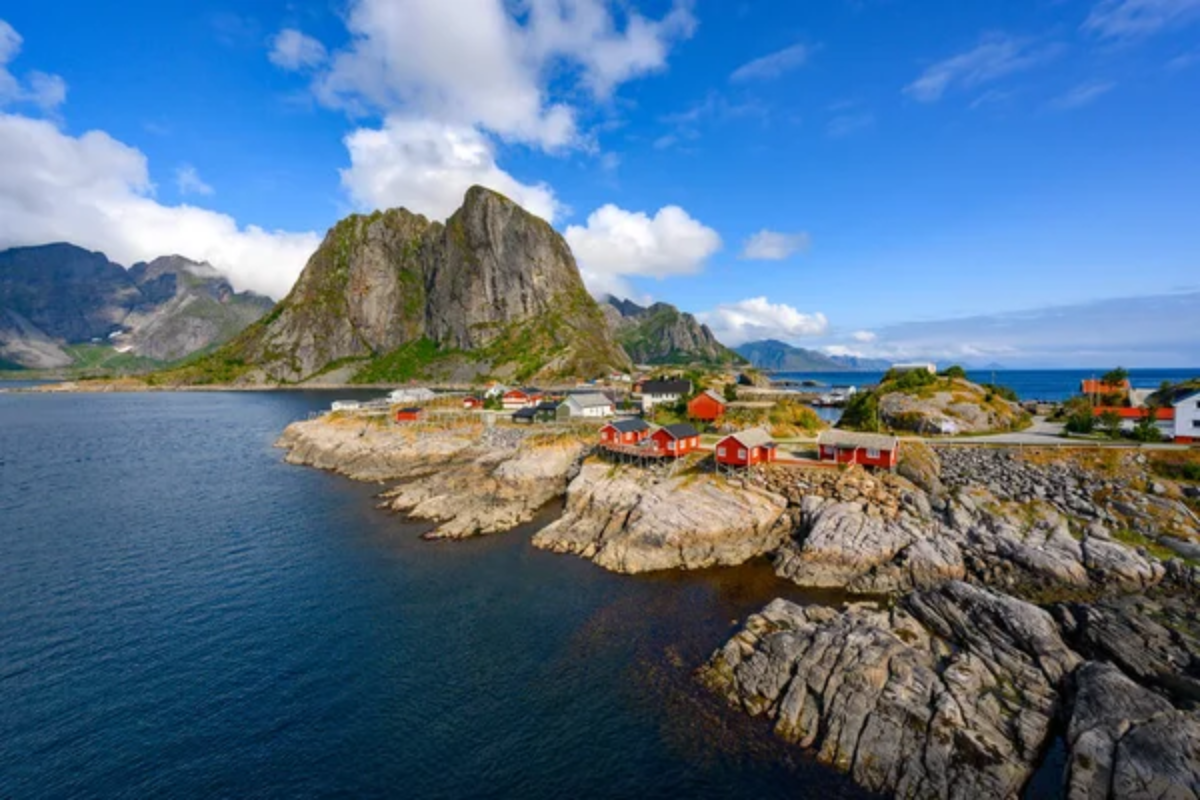
Distinguished by its iconic red fishermen’s cabins reflected in sheltered waters, Hamnøy balances tourism with authentic fishing traditions. The village’s historic pier houses a small museum where local fishermen share stories of life at sea through generations.
Traditional fish smoking techniques are still practiced in historic smokehouses, filling the air with rich aromas.
Like Travel Pug’s content? Follow us on MSN.
Refsvik
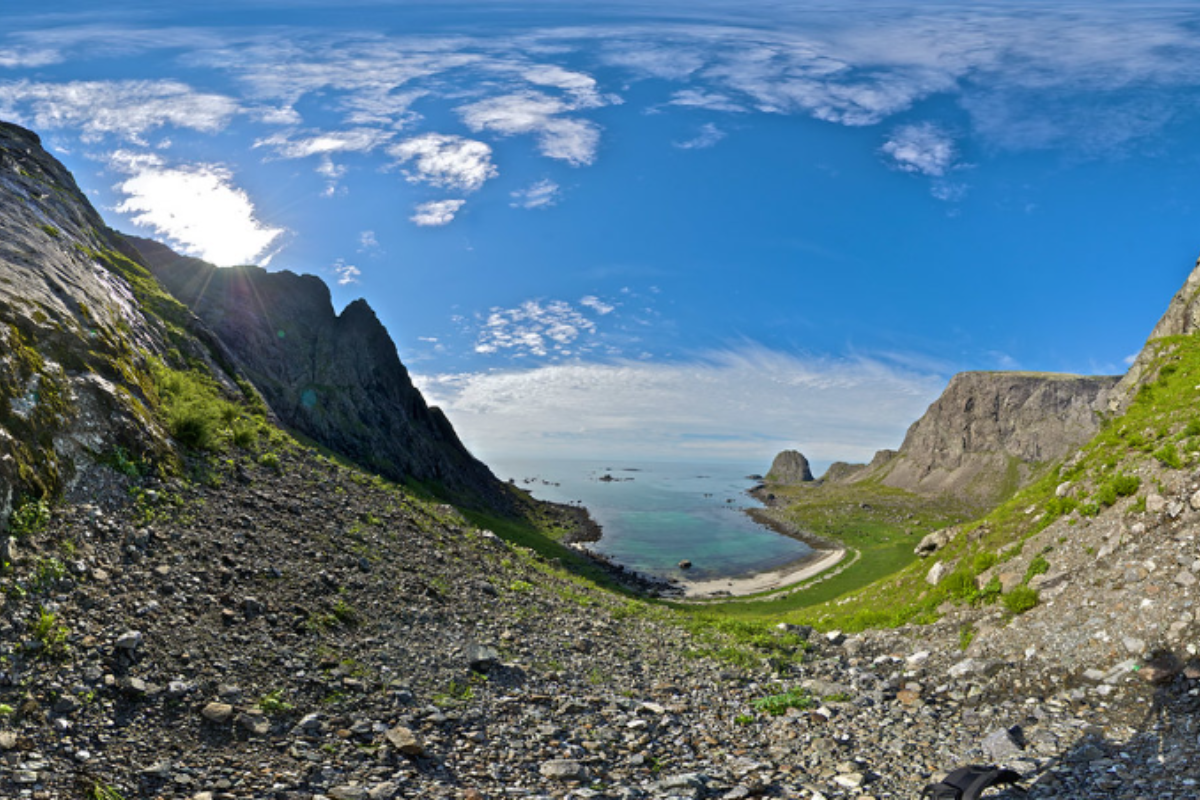
Tucked deep within a fjord, Refsvik’s sheltered location has preserved both its architecture and traditions from modern influence. The village’s small fleet still practices traditional coastal fishing methods, welcoming visitors to join day trips to nearby fishing grounds.
Local artisans maintain wooden boat-building traditions in historic boathouses, sharing their knowledge with interested visitors.
Mehamn

As Norway’s northernmost fishing village, Mehamn offers unique experiences under the midnight sun and northern lights. The village’s working harbor combines modern fishing operations with traditional small-boat fishing methods preserved through generations.
Local guides share knowledge of Arctic navigation techniques while leading excursions to nearby bird cliffs.
Skårvågen
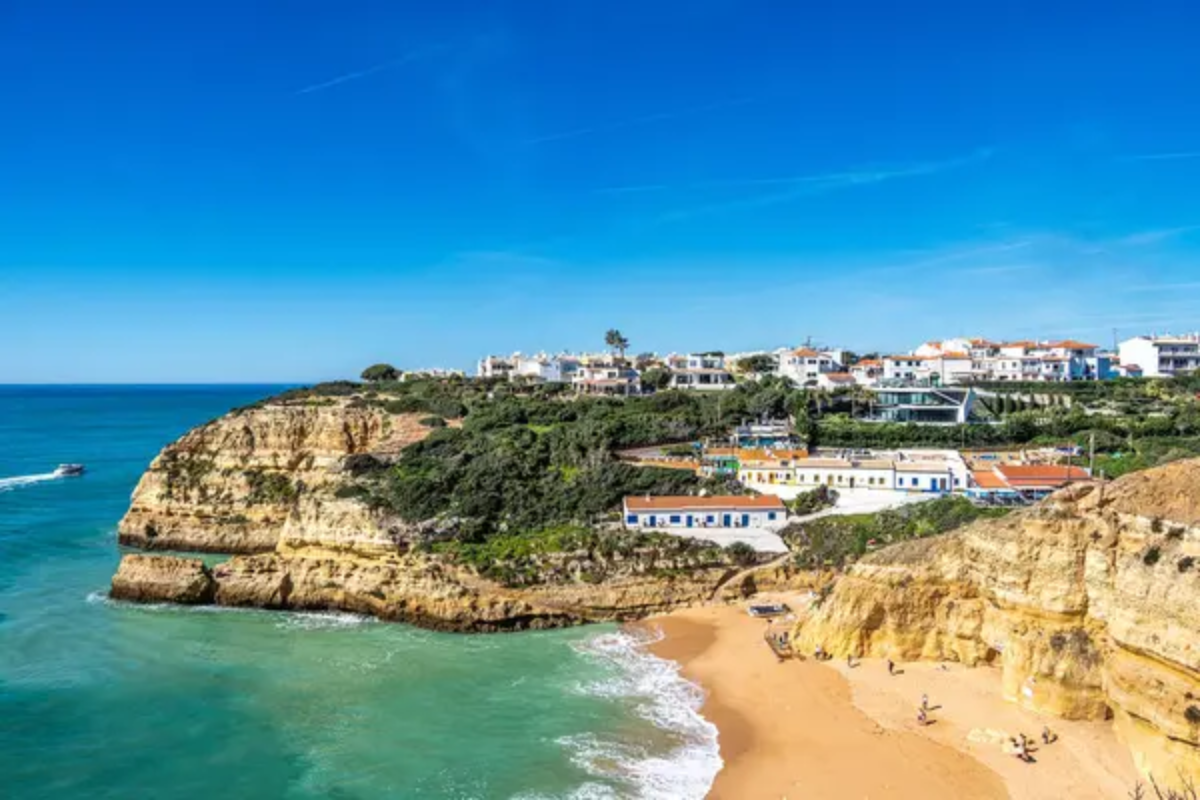
This tiny village preserves ancient fishing traditions alongside Sami cultural heritage sites. The village’s harbor offers shelter to both traditional fishing boats and modern vessels, while local fishermen share stories of historical fishing grounds.
Sacred sites near the village tell tales of the intersection between fishing traditions and indigenous culture.
Like Travel Pug’s content? Follow us on MSN.
Stokkvågen
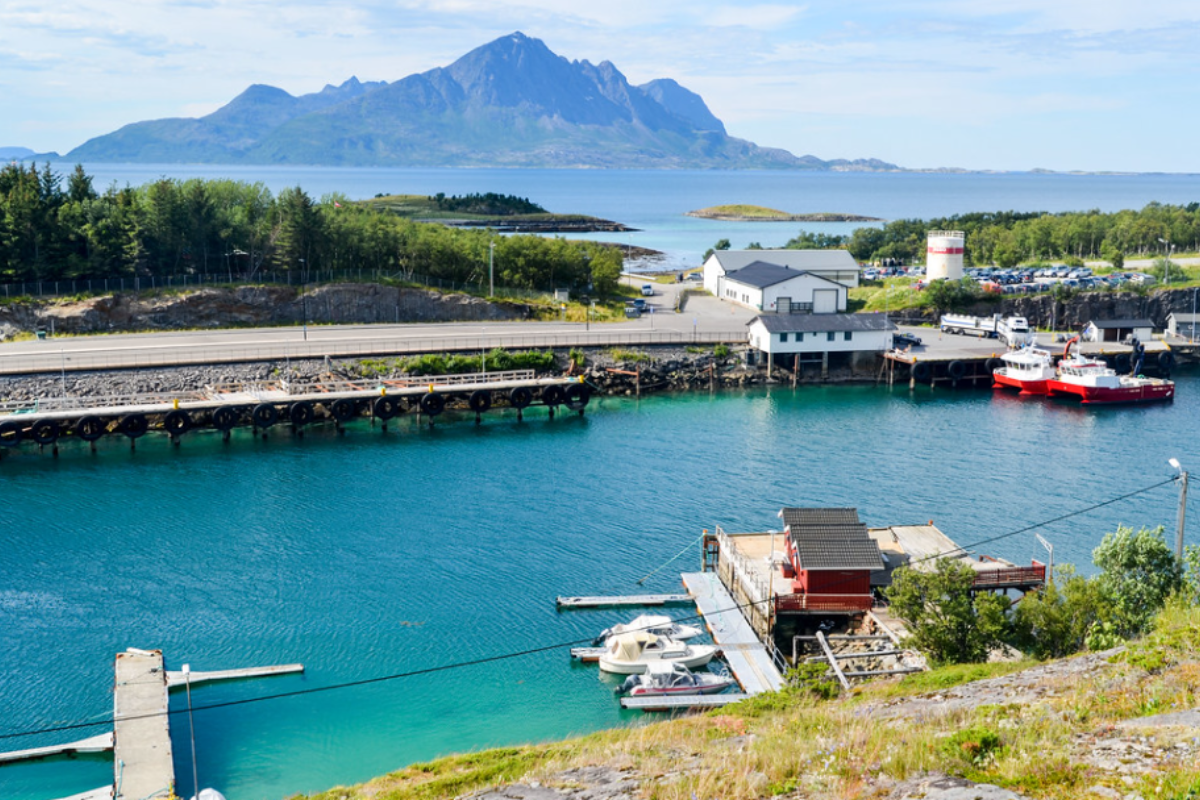
Protected by ancient mountains, Stokkvågen’s natural harbor has sheltered fishing boats for centuries. The village’s traditional boathouses now serve as museums where local historians share tales of historic storms and survival.
Experienced captains offer lessons in traditional navigation methods used to read local weather patterns.
Titran

Situated where the Norwegian Sea meets the North Atlantic, Titran maintains its heritage as a vital fishing community. The village’s historic lighthouse keeper’s cottage offers accommodation with views of one of Norway’s most challenging harbor entrances.
Local fishermen still navigate treacherous waters using knowledge passed down through generations, sharing their expertise with visitors.
Skarsvåg
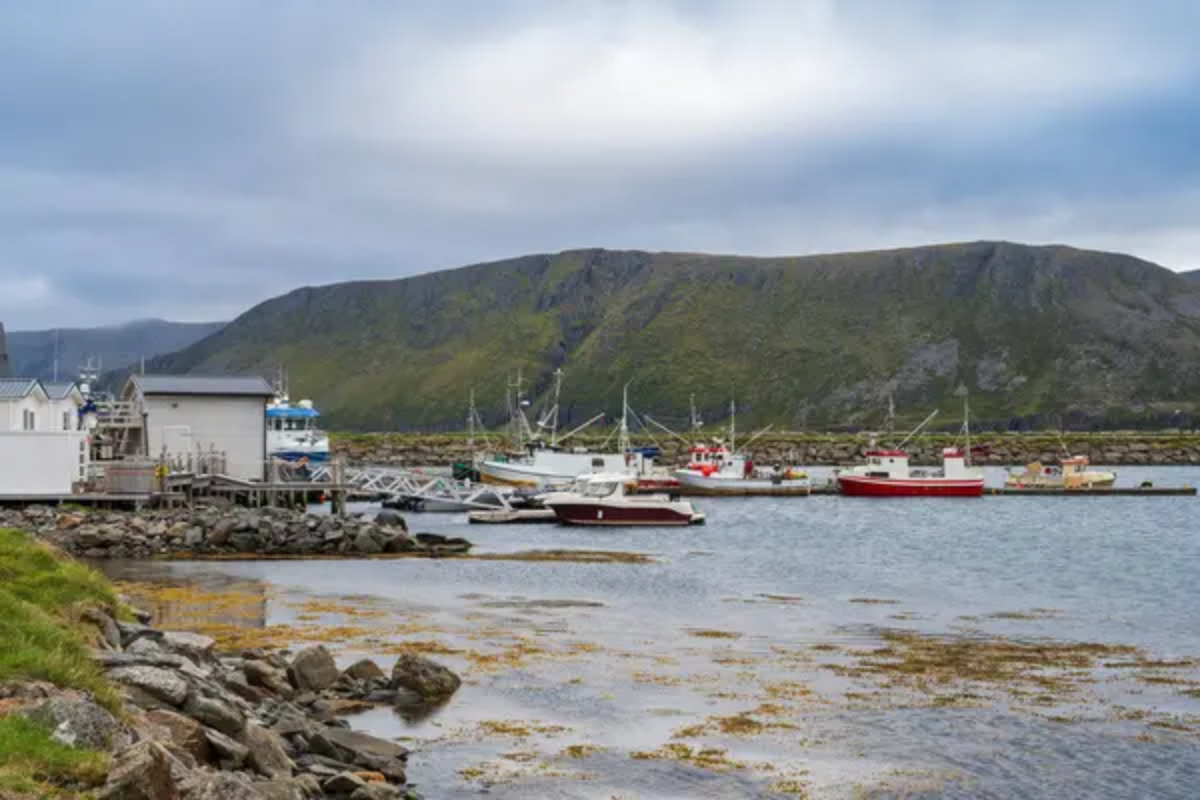
Claiming the title of the world’s northernmost fishing village, Skarsvåg welcomes visitors to experience life at the edge of the Arctic. The village’s small fleet maintains traditional fishing methods while offering summer excursions to the dramatic North Cape plateau.
Local families preserve historical recipes for fish preservation, sharing their knowledge through cooking demonstrations in converted boathouses.
Like Travel Pug’s content? Follow us on MSN.
Sea Stories of the North
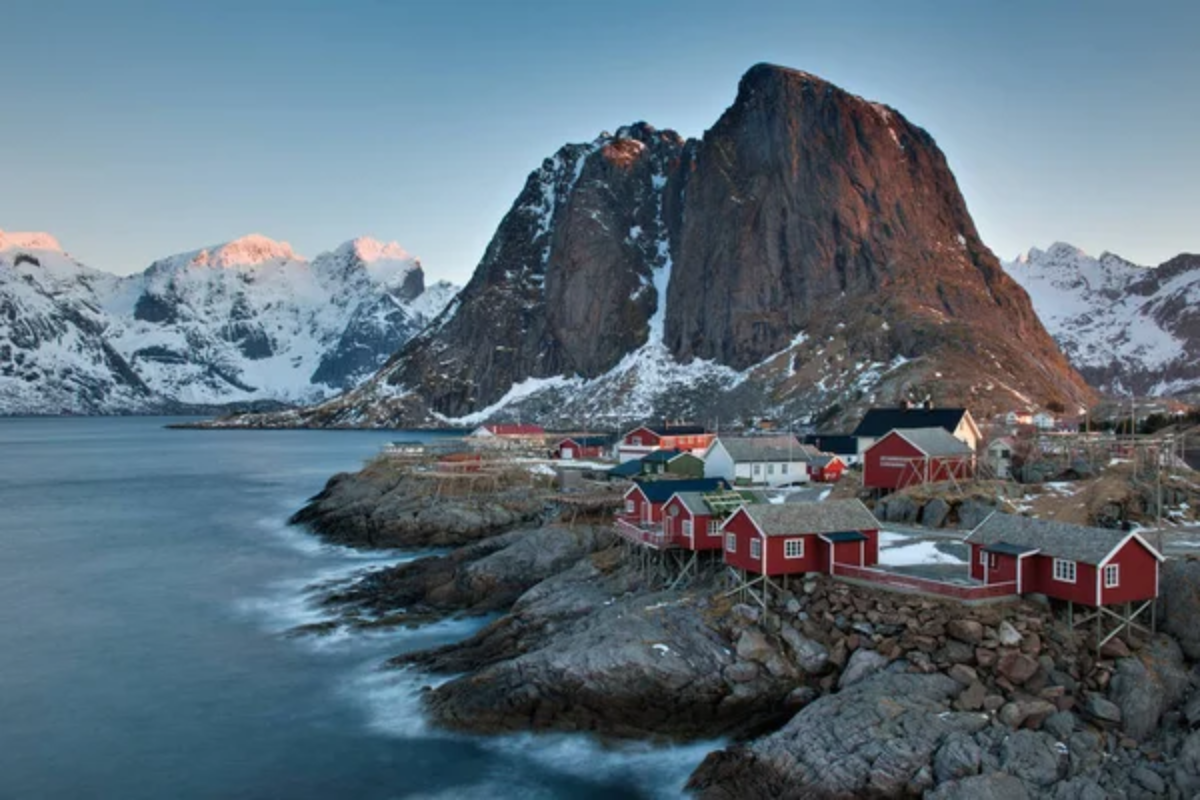
These remote harbors offer more than just scenic beauty – they provide windows into a way of life that has sustained coastal communities for generations.
Whether you arrive by coastal steamer, private boat, or local ferry, each village welcomes visitors with authentic experiences and stories as deep as the fjords themselves.
More from Travel Pug

- 20 Towns Built for One Purpose That Were Later Abandoned
- 15 Hidden Spots in Disney World’s Magic Kingdom Most Visitors Miss
- 15 Most Scenic Walks Anywhere in The World
- 15 Canyons in the U.S. That Are Just as Stunning as the Grand Canyon
- 10 Under-the-Radar Mountain Towns That Are Both Affordable and Beautiful
Like Travel Pug’s content? Follow us on MSN.
